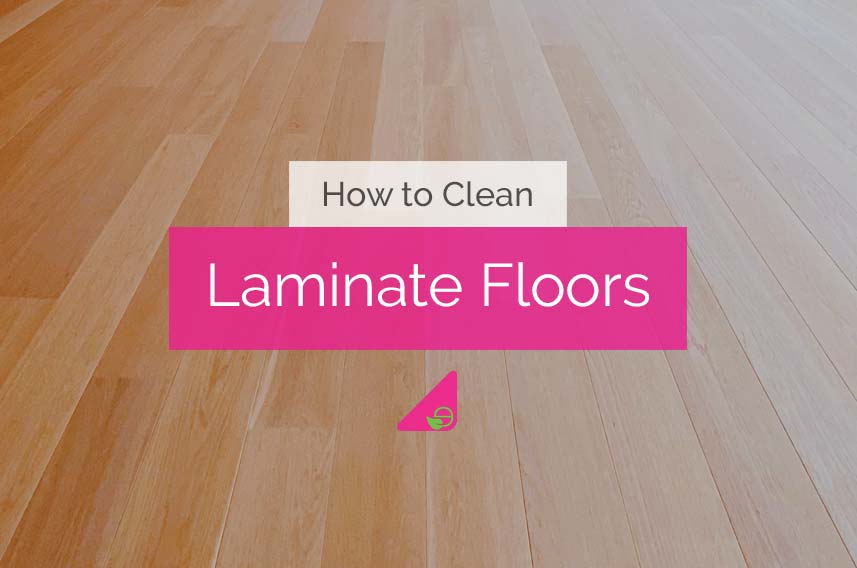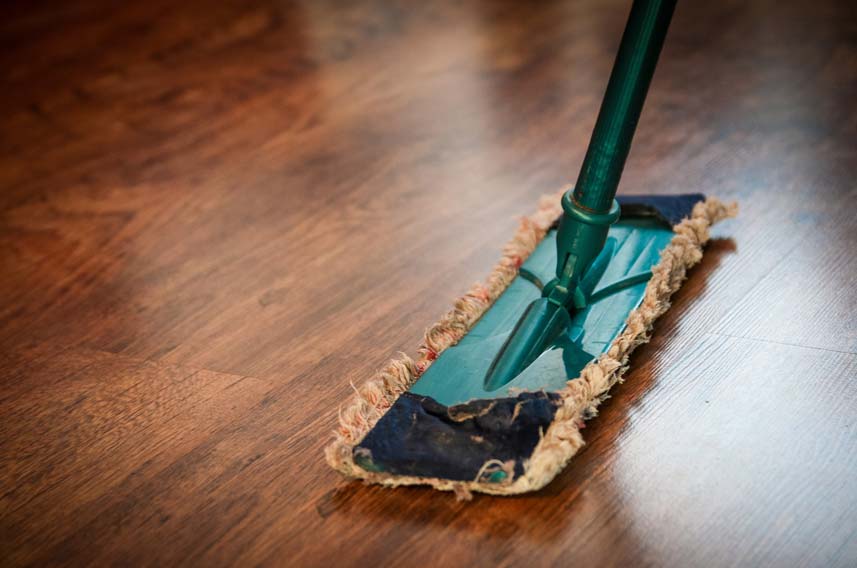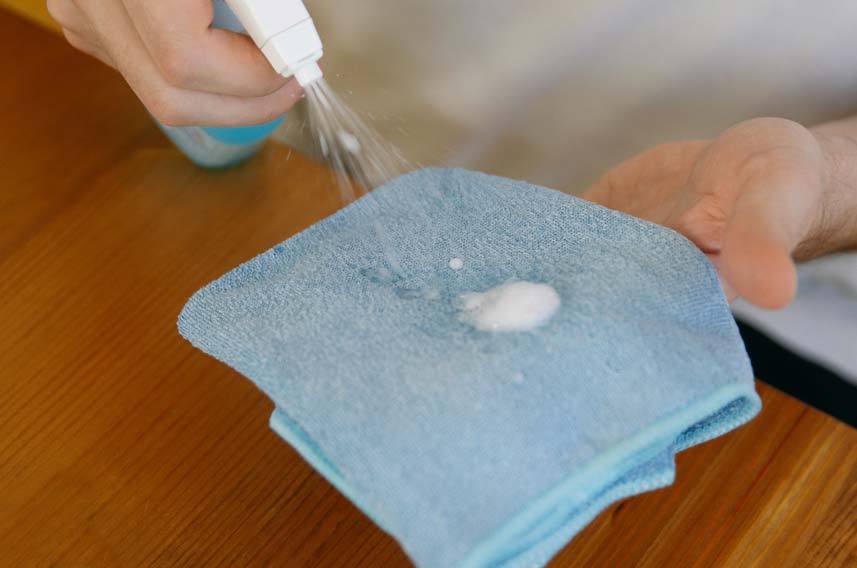Tel: 01474 876800 • Client Portal
- Who We Are
- What We Do
- Build
- Carpentry
- Building Works
- Commercial Flooring
- Commercial Glazing
- Commercial Locksmith
- Commercial Painting & Decorating
- Commercial Plastering
- Commercial Plumbing
- Commercial Refurbishment
- Commercial Roofing
- Design & Construction
- Electrical Installation
- Hard & Soft Landscaping
- Mechanical & Electrical
- Office Builders
- Office Fit Outs
- Office Heating
- Office Partitioning
- Office Relocation
- Site Management
- Maintain
- 24 Hour Helpdesk
- Access Control
- Air Conditioner Repair
- Air Conditioning Servicing
- Commercial Boiler Servicing
- Commercial Electricians
- Commercial Ground Maintenance
- Commercial Pest Control
- Commercial Property Maintenance
- Drain Unblocking
- Emergency Callouts
- Emergency Light Testing
- Facilities Management
- Fire Alarm Testing
- Fire Extinguisher Testing
- Fire Sprinkler Testing
- Fixed Wire Testing
- Handyman Service
- Lift Servicing
- Office Health & Safety
- PAT Testing
- Planned Preventative Maintenance
- Reactive Maintenance
- Roof Maintenance
- TMV Maintenance
- Water Hygiene
- Clean
- Build
- How We Do It
- Why Use Us
- Contact

How to Clean Laminate Floors
Laminate flooring has become increasingly popular due to its durability, affordability, and aesthetic appeal.
However, regular cleaning is essential to maintain its beauty and extend its lifespan.
Cleaning laminate floors requires a different approach than other flooring materials, as excessive moisture or abrasive cleaning techniques can cause damage.
In this blog, we’ll provide you with a comprehensive guide on cleaning laminate floors effectively, keeping them pristine for years to come.
Table of Contents
Ways To Maintain Laminate Flooring
Here are some top tips for caring for laminate flooring:
Sweep or Vacuum Regularly
This will help to remove dirt, dust, and debris that can scratch or dull the surface of the flooring.
Mopping
Mop with a damp mop every two to three months. Use a mild floor cleaner and a wet mop head. Be sure to deep clean regularly.
Avoid Chemicals
Don’t use harsh chemicals or abrasive cleaners. These can damage the surface of the flooring.
Avoid Steaming
Do not use a steam mop. The steam can cause the flooring to warp or buckle.
Don’t Move Furniture
Do not drag furniture across the floor. This can scratch the surface.
Felt Pads
Place felt pads under furniture legs to protect the floor from scratches.
Clean Spills Immediately
Wipe up any spills or mess immediately. This will help to prevent stains and damage.
Use a damp cloth to blot up the spill. Do not rub, as this can spread the stain.
Remove Pet Hair
If you have pets, sweep or vacuum up pet hair regularly. Pet hair can scratch the surface of the flooring.
If you notice any scratches or scuffs, you can try to buff them out with a soft cloth.
If the scratches are deep, you may need to have the flooring professionally refinished.
How to Clean Laminate Floors

Cleaning laminate floors can be easy if you follow the detailed step-by-step guide below.
Tools & Materials
Before you begin cleaning your laminate floors, gather the following supplies:
- Soft-bristle broom or vacuum cleaner (with a hard floor setting)
- Microfiber mop or a well-wrung mop
- Laminate floor cleaner (commercial or homemade)
- Warm water
- Spray bottle
- Clean, lint-free cloth or microfiber cloth
- Protective furniture pads or felt pads
Start with Regular Maintenance
To prevent dirt and debris from scratching the laminate surface, regularly sweep or vacuum the floor using a soft-bristle broom or a vacuum cleaner with a hard floor setting.
Avoid using beater bars or brushes, as they can cause damage to the laminate.
Address Spills & Stains Immediately
Spills and stains can be a common occurrence on laminate floors.
It’s crucial to clean them up promptly to prevent staining or warping of the laminate.
Use a damp cloth or paper towel to blot the spill, working from the outer edges toward the centre.
Avoid excessive water, which can seep into the floor joints and cause swelling.
Use the Right Laminate Floor Cleaner
Choose a laminate floor cleaner that is specifically formulated for laminate flooring.
Avoid harsh chemicals, abrasive cleaners, or wax-based products, as they can leave a residue or damage the surface.
If you prefer a natural alternative, you can create a homemade cleaner by mixing equal vinegar and water in a spray bottle.
Cleaning Techniques for Laminate Floors
Lightly mist the microfiber mop or a well-wrung mop with the laminate floor cleaner or homemade solution.
Gently sweep the mop over the floor, working in small sections.
Ensure the mop is dry enough, as excessive moisture can harm the laminate.
If the mop becomes dirty or damp, rinse it out and wring it thoroughly before continuing.
Spot Cleaning
For more stubborn spots or sticky residues, spray the laminate floor cleaner directly onto the affected area and let it sit for a few seconds.
Then, use a clean, lint-free or microfiber cloth to remove the residue, applying gentle pressure as needed.
Rinse the cloth frequently to avoid redistributing dirt or grime.
Pay Attention to High-Traffic Areas
Areas with heavy foot traffic may require additional attention.
Regularly check and clean these areas to prevent dirt build-up and wear.
Consider using protective or felt pads on the bottom of furniture legs to prevent scratches and scuff marks.
Avoid Excessive Moisture
Laminate floors are sensitive to moisture, so avoiding excessive water is essential.
When mopping, ensure the mop is well-wrung and only slightly damp.
Immediately dry any excess moisture to prevent it from seeping into the floor joints and causing damage.
Preventive Measures
To keep your laminate floors in top condition, consider the following preventive measures:
- Use door mats or rugs at entrances to trap dirt and moisture.
- Place protective mats or trays under potted plants to prevent water damage.
- Avoid wearing high heels or shoes with cleats on laminate floors.
- Trim your pet’s nails regularly to minimise scratches.
How to Deal with Scratches on Laminate Flooring

Dealing with scratches on laminate flooring can help restore its appearance and maintain its overall beauty.
Here are some steps to effectively address scratches on your laminate floors:
Assess the Severity of the Scratch
Examine the scratch to determine its depth and severity.
Laminate floors have a wear layer that provides some resistance to scratches, but deeper or more noticeable scratches may require additional attention.
Clean the Area
Before attempting to repair the scratch, clean the area around it to remove any dirt or debris that may interfere with the repair process.
Use a soft, lint-free cloth or microfiber mop to clean the affected area gently.
Utilise a Laminate Floor Repair Kit
Many hardware stores or home improvement centres offer laminate floor repair kits with materials specifically designed to address scratches.
These kits typically include a putty-like filler, colour-matching markers, or crayons.
Fill the Scratch
Follow the instructions provided with the repair kit.
Generally, you’ll need to apply a small amount of the filler to the scratch using a putty knife or a plastic scraper.
Smooth it out evenly, ensuring it’s level with the surrounding flooring.
Avoid applying excessive filler that may cause a raised area.
Blend the Colour
Use colour-matching markers or crayons from the repair kit to match the colour of the filled scratch with the surrounding laminate flooring.
Apply the colour carefully and blend it in by gently rubbing it with a soft cloth or your fingertip.
Be patient and take your time to achieve the best colour match possible.
Buff & Blend
After the filler and colour have dried according to the kit’s instructions, lightly buff the repaired area with a soft cloth to blend it with the surrounding flooring.
This helps to smooth out any imperfections and makes the repair less noticeable.
Test an Inconspicuous Area
Before applying any repair materials or methods to your entire floor, test them in a small, inconspicuous area to ensure they don’t cause any damage or discolouration.
Frequently Asked Questions
Why are my laminate floors still dirty after mopping?
Laminate floors can appear dirty after mopping for various reasons, such as using too much water, using the wrong cleaning solution, or not thoroughly removing dirt and residue.
Properly adjusting the cleaning method and solution and ensuring thorough cleaning can help achieve cleaner laminate floors.
Should you wet mop laminate floors?
While avoiding excessive moisture on laminate floors is generally recommended, you can wet mop them sparingly.
However, it’s essential to use a damp mop, not a soaking wet one, and promptly dry the floor afterwards to prevent water damage.
Always follow the manufacturer’s guidelines for cleaning and maintenance.
What’s the best thing to use to clean laminate floors?
The best thing to use for cleaning laminate floors is a mild cleaning solution specifically designed for laminate flooring.
You can also mix a solution of warm water and a small amount of vinegar or a pH-neutral cleaner.
Avoid harsh chemicals, abrasive cleaners, or excessive water that can damage the laminate surface.
Conclusion
In conclusion, maintaining clean and spotless laminate floors is essential to preserve their beauty and prolong their lifespan.
By following the tips and techniques outlined in this blog, we have demonstrated exactly how to clean laminate floors.
However, if you find yourself short on time or facing particularly stubborn stains, consider seeking professional assistance from ECMS.
Our expertise in floor cleaning and maintenance can provide you with a hassle-free solution.
By leveraging our specialist knowledge and advanced equipment, we can effectively remove even the toughest stains from your laminate floors, restoring their original shine and lustre.
Feel free to get in touch with us today for help with cleaning your laminate floors.
Request a Callback
Recent Posts
- How to Clean Painted Walls 01th Apr 2025
- How to Get Oil Stains Out of Carpet 01th Mar 2025
- How to Clean a Fridge and Remove Bad Smells 01th Feb 2025
- How to Get Coffee Stains Out of a Carpet 01th Jan 2025
- How to Clean Gutters Correctly 01th Dec 2024
- What is PAT Testing? 01th Nov 2024
- How to Clean an Oven 01th Oct 2024
- How to Remove Limescale from a Toilet 01th Sep 2024
- How Long Does a Boiler Service Take? 01th Aug 2024
- How to Clean Oven Glass 01th Jul 2024

